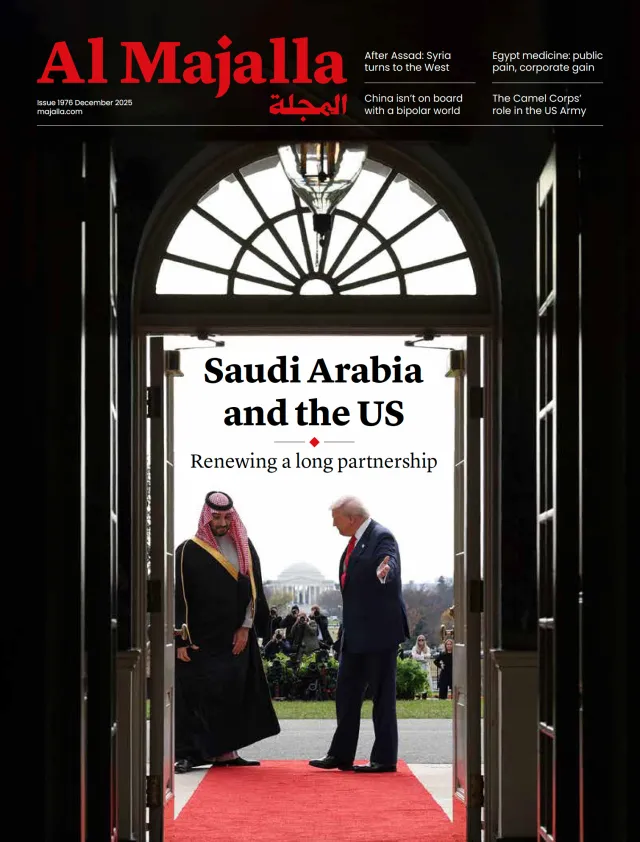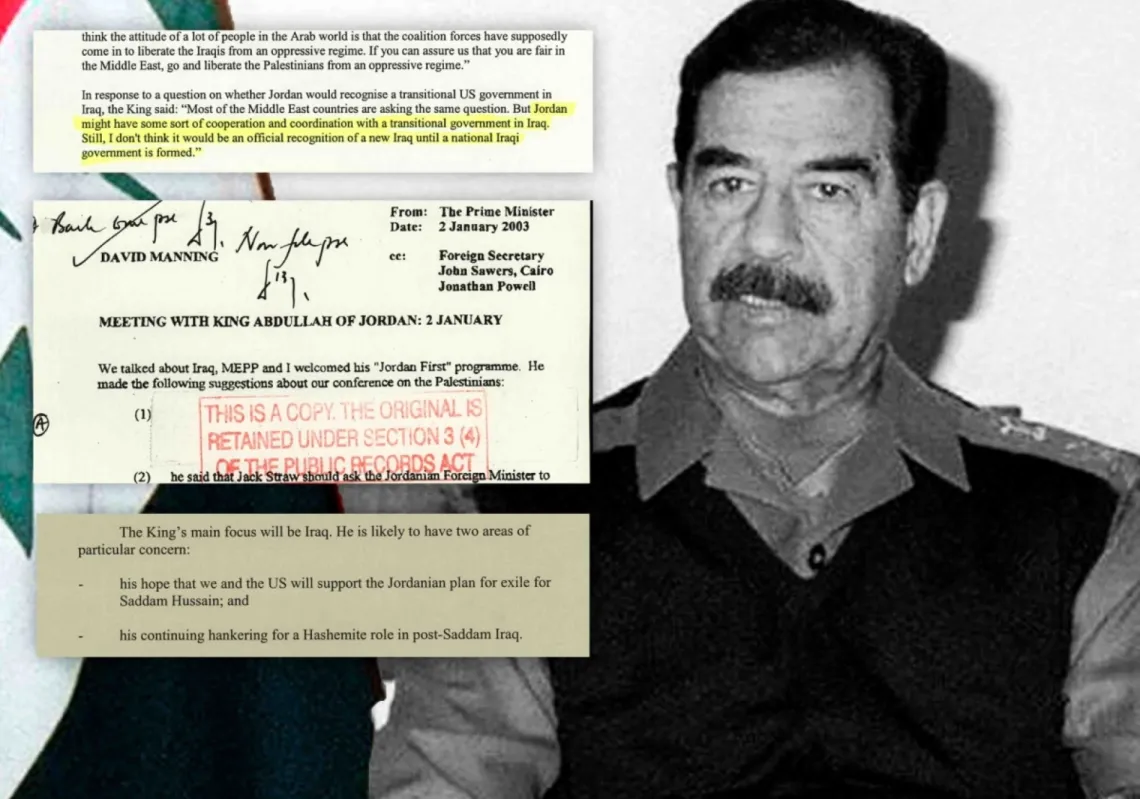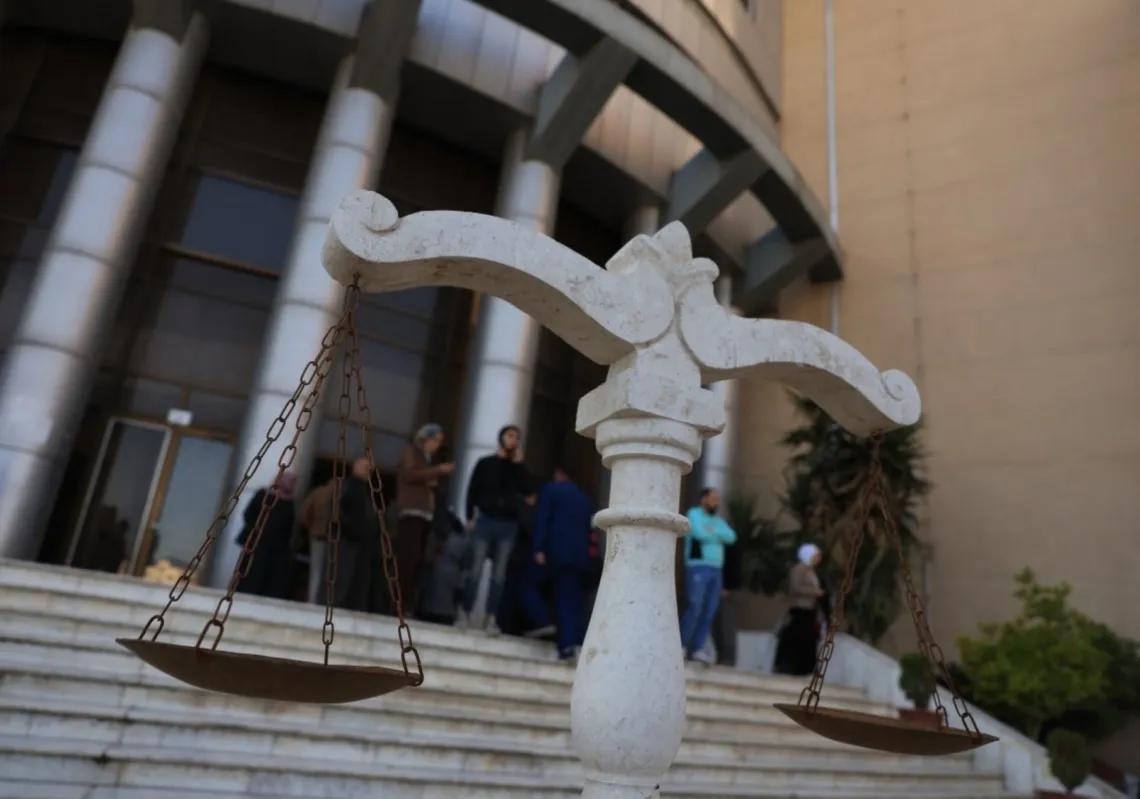What if Max Brod had honoured his friend Franz Kafka’s dying wish and burned the manuscript of The Trial, as instructed? Had Brod kept his promise, he would have deprived us of one of literature’s most enigmatic and haunting achievements. That he did not might be one of the only acts of betrayal that the literary world could forgive.
Although it was written in 1914-15, this year marks the centenary of its publication in 1925. Yet that same year, several other pivotal works were also released. Together, they are milestones in the evolution of the novel and turning points in the art of storytelling.
Next to Kafka’s Trial in this pantheon sits Woolf’s Mrs Dalloway, F. Scott Fitzgerald’s The Great Gatsby, Dos Passos’s Manhattan Transfer, and Hemingway’s collection of short stories, In Our Time. A century on, their power remains undiminished. Here, we revisit these five 20th-century classics and explore what they reveal.
Kafka’s The Trial
On 3 July each year, Prague celebrates the anniversary of the birth (on 3 July 1883) of the Czech capital’s favourite son, Franz Kafka, one of the most influential figures in 20th-century literature. While his novella The Metamorphosis possesses a bizarre charm, and The Castle showcases exquisite narrative artistry, it is Kafka’s nightmarish novel The Trial that stands as his most powerful work, telling the story of a 30-year-old bank clerk arrested by unknown agents of an unknown agency and tried for unknown crimes.
Published posthumously and in defiance of his wishes by his friend Max Brod, Kafka’s final composition is rich in renewal, abstraction, and distinctiveness. Brod chose to release the novel exactly a year after Kafka’s death, on 3 June 1925. Many have asked why Kafka did not destroy the manuscript himself, given that he is thought to have burned around 90% of his work (something Brod knew in advance, given that he was also Kafka’s biographer).
Kafka died of tuberculosis at a sanatorium near Vienna. Some have wondered whether his intention was to envelop The Trial in an aura of enigma, or whether the entire account was a fabrication by Max Brod, whose motivations are also subject to speculation. Czech novelist Milan Kundera, widely regarded as Kafka’s true poetic heir, was among those who felt Brod lied about Kafka’s wishes.
According to Kundera, Franz Kafka’s three novels “are three variations on the same state: man enters into conflict, not with another man but rather with a world transformed into a colossal administration”.
“It's only because of their stupidity that they're able to be so sure of themselves.”
― Franz Kafka, The Trial#infinitybooks #infinitybooksjapan #bookstore #bookshop #books #洋書 #古本 #booklover #bookaholic #bookworm #booknerd #bookadict #bookcommunity #bookcollector pic.twitter.com/KeiU973cz3
— Infinity Books Japan (@infinitybook) November 28, 2024
In The Trial, the protagonist Josef K. is always arrested on a Tuesday (but never imprisoned) and subjected to a bewildering legal process, with two men informing him of his arrest and executing it; yet, he remains ostensibly free, pursued and harassed. The novel mirrors the existential plight of modern men in Europe after World War I, and some think the ‘K’ of Josef K may refer to Kafka.
The book captures humanity as a casualty of sprawling bureaucracies and institutional control—in this case, a bank clerk stripped of autonomy and consumed by the machinery of nameless systems. The idea is thought to stem from Kafka’s yearning for freedom from authority, beginning with his father, and extending to the state, freedom from the rigidity of conventions and constraints of everyday life.
The Trial passes through a series of terrifying events, poignant episodes, and darkly humorous interludes before culminating in Josef K.’s execution. “Like a dog!” he exclaims with his final breath. In this haunting conclusion, Kafka completes the transformation he began in The Metamorphosis—a man dehumanised, stripped of identity under the crushing weight of familial and institutional authority.
A masterful blend of the surreal, the grotesque, and the darkly comic, The Trial is rich with symbolism and unsettling realism, a literary achievement that has captivated critics, readers, and writers alike, giving rise to the enduring term “Kafkaesque”, a descriptor of a distinctive narrative style and philosophical outlook that remains as influential as ever.
99 years ago today in 1925, Mrs. Dalloway by Virginia Woolf was published, introducing readers to one of the most iconic opening lines in literature: “Mrs. Dalloway said she would buy the flowers herself.”
What's your favorite opening line in a classic? pic.twitter.com/oxL4Psj46V
— Penguin Classics (@PenguinClassics) May 14, 2024
Virginia Woolf’s Mrs Dalloway
The events of Mrs Dalloway unfold entirely over the course of a single day in 1925, and by striking coincidence, this fictional day takes place on a Tuesday in June, which resonates uncannily given the symbolic role Tuesdays play in the life and work of Franz Kafka.
Mrs Clarissa Dalloway strolls through London a decade after the end of the First World War, her day beginning on Bond Street, which enchants her, before moving between flower shops and familiar landmarks, preparing for an evening reception, as memories surface and intertwine with the inner lives of others. The novel is a stream of consciousness, where thoughts, emotions, and recollections flow freely, detached from linear time, in a fluid and continuous inner monologue.
Critics have hailed Mrs Dalloway as a cornerstone of modernist fiction and a pioneering work in this narrative style, alongside works by Marcel Proust and James Joyce. What distinguishes Woolf, however—as Milan Kundera observes in The Curtain—is the persistent undertone of sorrow that courses through her prose.
For instance, running in parallel to Clarissa’s story is that of Septimus Warren Smith, a war veteran afflicted by a mysterious psychological torment, who ultimately chooses to end his life rather than be committed to a psychiatric institution, seeing death as preferable to madness. His fate, rich in tragic symbolism, echoes that of Josef K, where death emerges as the final act of defiance and liberation.
Woolf had an extraordinary ability to render scenes with both visual and emotional precision, using phrases that transform fleeting moments of daily life into meticulously composed tableaux, and vignettes that gradually draw the characters toward the novel’s concluding moment: an evening gathering where all paths converge, including those of Clarissa’s husband and a former lover who has returned from abroad.
Mrs Dalloway carries the reader through a single day, yet within that compressed time frame lies a world of emotional depth and finely tuned observation. It is a novel that savours nuance, introspection, and the complexities of consciousness—qualities that sharply contrast with the terse, economical form of the short story.
The Great Gatsby by F. Scott Fitzgerald was published 90 years ago today on April 10th, 1925. pic.twitter.com/62du80Mxvu
— F. Scott Fitzgerald Quotes (@F_ScottFitz) April 10, 2015
F. Scott Fitzgerald’s The Great Gatsby
Literary historians tend to agree that the most defining phase in the history of the North American novel began in 1925 and extended through the early 1940s. This ‘golden age of the novel’ produced works of enduring brilliance, with few works better embodying the spirit of that era than The Great Gatsby by F. Scott Fitzgerald, published in 1925. Dubbed “the most beautiful American novel of the 20th century,” it stands in fascinating contrast to its British contemporary, Mrs Dalloway.
While Clarissa Dalloway prepares for a single evening’s gathering, Jay Gatsby—a self-made millionaire of obscure origin—opens the doors of his opulent Long Island mansion night after night, his legendary parties drawing crowds of the fashionable, the curious, and the ambitious. In doing so, Gatsby emerges as the defining figure of the Jazz Age, personifying the dreams of a generation often mis-labelled as “lost” but which, in truth, had returned from the horrors of war determined to embrace life with reckless intensity.
This was a generation enchanted by speed, wealth, spectacle, and above all, jazz—the music that pulses through the novel and becomes the soundtrack of an era. In one memorable moment from Chapter Three, the bandleader at one of Gatsby’s soirées announces a fictional composition titled The History of the World in Jazz. Though imagined, it captures the cultural dominance of jazz and the improvisational energy of the time.
Yet beneath the glamour and glitter, Gatsby remains a mystery to his guests. Rumours swirl—he’s a killer, a spy, a fraud. The truth, once revealed, is no less damning: Gatsby’s fortune was built on bootlegging during the Prohibition era, exploiting America’s uneasy relationship with vice and virtue. Yet what ultimately destroys Gatsby is not crime or scandal, but love.
His long-awaited reunion with Daisy Buchanan, now married to the brutal and bigoted Tom, sets the tragedy in motion. On a chaotic night, Daisy—driving Gatsby’s iconic yellow car—kills Tom Buchanan’s mistress, Myrtle Wilson, in a hit-and-run. Tom convinces Myrtle’s grief-stricken husband that Gatsby was behind the wheel, leading him to shoot Gatsby, then himself, so bringing Gatsby’s grand vision—and his American dream—to a violent and senseless end.
The Great Gatsby is not merely a portrait of individual ambition or romantic delusion; it captures the social fault lines of its time, such as the division between the nouveau riche and those of inherited privilege, the coded racism and casual cruelty of men like Tom Buchanan, and the emptiness masked by wealth and spectacle. With Gatsby's death, the shimmering illusion of limitless possibility dies. As the novel’s protagonist Nick Carraway reflects on Gatsby in the elegiac final chapter: “He might have been a great man... like James J. Hill... he would have helped to build the country.”
What elevates The Great Gatsby beyond its tight structure and lyrical prose is its mythic resonance. Fitzgerald transforms one man’s downfall into a haunting meditation on American ideals, the seductive power of dreams, and the disillusionments they so often leave in their wake. It is fiction at its most precise, most poetic, and most enduring.
Started reading John Dos Passos’ Manhattan Transfer yesterday on the train. A modernist novel about the alienations of urban life. pic.twitter.com/lm1c72UJds
— Tim Christiaens (@TimChristiaens5) October 14, 2023
John Dos Passos’s Manhattan Transfer
Another literary masterpiece appeared in 1925, bearing witness to the profound transformation of New York City during that pivotal era, which bridged the late 19th and early 20th centuries, including the years between the First and Second World Wars. The magnum opus of Chicago-born John Dos Passos, Manhattan Transfer is the quintessential novel of transition between centuries, wars, and worlds. It is his most acclaimed work and one of the most important novels of the 20th century.
The expansive narrative brings together the stories of immigrants and farmers, lovers and idealistic socialists, whose lives converge and intersect within a carefully structured literary framework. The narration shifts with remarkable ease from one story to another, departing from the classical narrative form and employing the stream-of-consciousness approach seen in Virginia Woolf’s Mrs. Dalloway.
There is no single protagonist in the traditional sense. Instead, the novel presents a multitude of characters, such as Ed Thatcher, Jimmy Herf, Bud Korpenning, Augustus McNeil, Dutch, and Francie, many of whom are defeated dreamers. Their shared fragility is so central that some critics have suggested that the real protagonist is New York City, whose layered reality the novel captures with precision and candour.
What distinguishes the novel is its documentary style and technical craftsmanship. The use of newspaper clippings and scraps of ordinary records deepens its engagement with everyday American life, lending the text a sense of historical immediacy. More than just a chronicle, it anticipates the rise of consumerism in American society, shown through the characters’ growing entanglement with New York’s urban machinery.
This is the metropolis in its fullest expression. Like Paris, London, or Madrid, New York becomes a symbol of the modern city, a meeting place of identities and destinies arriving from every direction. Some arrive by chance, others are drawn by the city’s noise (among them Jimmy Herf on a train, or Bud Korpenning drifting ashore by boat). Some come from distant lands or other continents, others are pushed there by fate. All converge, lose their way, and dissolve into the city’s crowd.
With precision and restraint, the novel explores the relationship between the wealthy elite and newly arrived immigrants, revealing structures of exploitation and contempt. Though it was published in a single volume, Manhattan Transfer is composed of three parts, which form the scaffolding of its world, built from countless intersecting stories and lives.
These narratives reveal how the 20th-century individual is diminished in the shadow of skyscrapers. “Jimmy Herf, now jobless, came out of the Pulitzer Building. He stood beside a pile of pink newspapers on the curb, taking deep breaths, looking up the glistening shaft of the Woolworth Tower... He walked north through the city of shiny windows, through the city of scrambled alphabets, through the city of gilt letter signs.”
This is a novel of converging tensions—between past and future, ambition and failure, person and city. Ultimately, Manhattan Transfer endures as a striking portrait of modern existence, where human dreams rise and fracture against the concrete and glass of the 20th-century metropolis.
In our time / stories by Ernest Hemingway.
New York : Boni & Liveright, 1925. BEIN Za H373 925 Copy 2: Dust jacket. Presentation inscription from the author to Gertrude Stein and Alice Toklas. First edition. https://t.co/C8VDoxszgf pic.twitter.com/alVlyLlTWY
— Beinecke Library (@BeineckeLibrary) April 6, 2023
Ernest Hemingway’s In Our Time
Given that the short story is the mother of the novel, it is thus hardly surprising that Ernest Hemingway—one of the towering figures of American fiction—began his literary journey as a short story writer. The 1925 publication of his collection, In Our Time, marked a milestone that signified the true beginning of his broader novelistic project, which took flight the following year with the release of his first novel, The Sun Also Rises.
A close friend of F. Scott Fitzgerald, Hemingway’s later novels include A Farewell to Arms, For Whom the Bell Tolls, and, finally, his late masterpiece The Old Man and the Sea in 1952. A year later, he won the Nobel Prize in Literature, the committee describing him as “the writer to whom mastery of the art of narration has now fallen”.
Hemingway and Fitzgerald travelled to France together, Fitzgerald carrying the manuscript of The Great Gatsby and Hemingway his newly published In Our Time, which tells of a deserter fleeing conscription. Through him, the horrors of the First World War are rendered in voices battered by the trauma of the trenches. Steeped in realism, Hemingway’s stories are nevertheless told with lyrical subtlety.
He excels in depicting nature, using it as a canvas to both frame and echo the emotional landscape of his characters. This resonance is evident in the second story of the collection, which recounts a buried love affair between Liz and Jim. It stands as a masterclass in narrative compression and the aesthetics of the short form, which reaches its purest expression in On the Quai at Smyrna, in which a poetic intensity portrays war and terror.
The collection as a whole emerges from the furnace of war. Its cast includes soldiers, officers, and armies, together with the wounded, the dead, and the dying, alongside ships, gunfire, and aerial raids. Its settings are the frontlines, scorched skies, and margins of a ravaged world. Its characters are American, German, Austrian, French, Turkish, Italian, and Indian, all united by one common tongue of death.
Like Fitzgerald’s protagonists, Hemingway’s characters turn to alcohol as a refuge from an unbearable reality. War dominates the lexicon of this world, and Hemingway’s metaphors and similes are soaked in its imagery. In one of his stories, a trout breaks the surface of the water, sending minnows darting off in frantic motion. “They broke and scattered across the surface like chips of broken light flung out by a shell burst.”
In a similar way, all five of these 20th-century classics exploded across literature, breaking and shattering the mould, departing from established norms and traditions. We are all the better for it.












